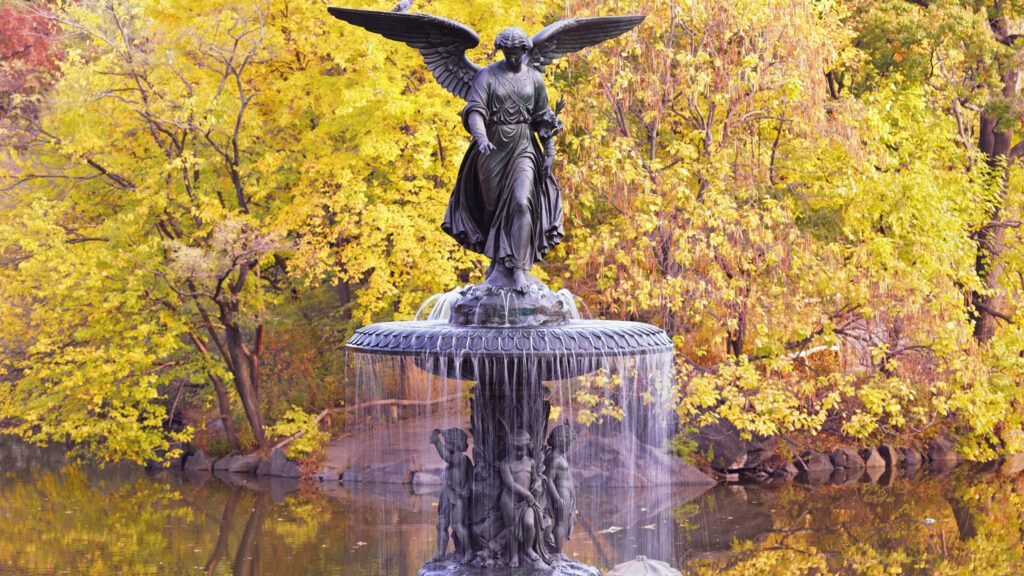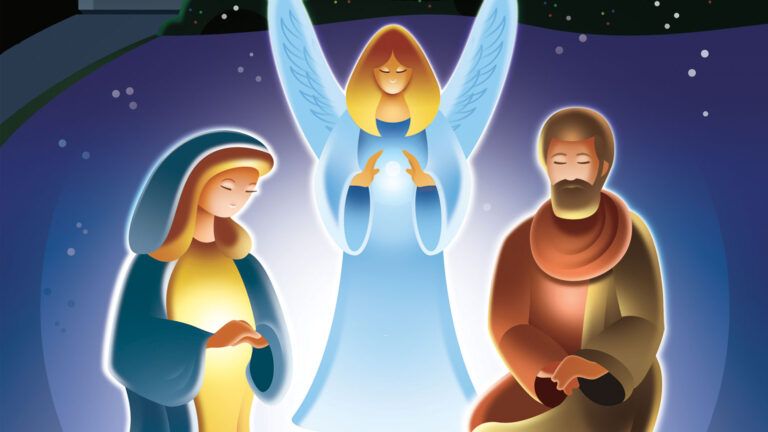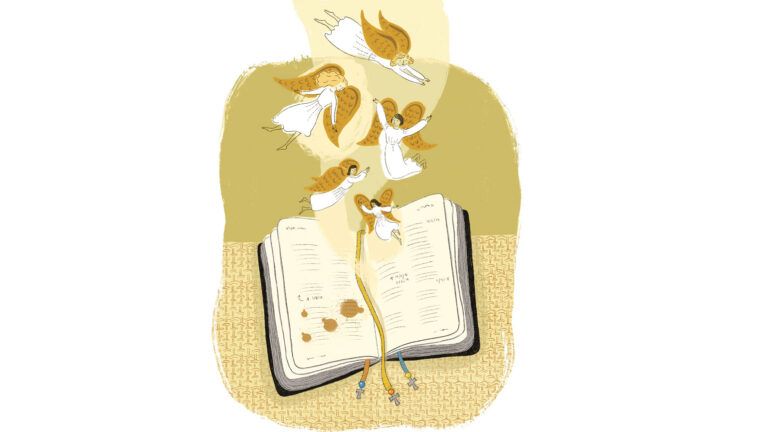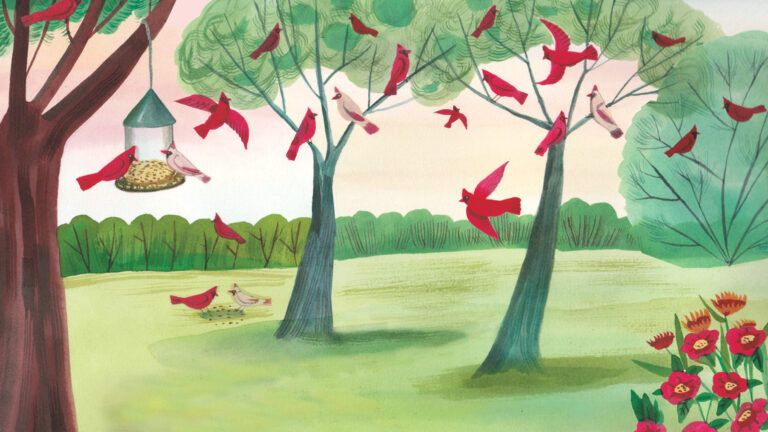The summer of 1832 was a bad one for New Yorkers. Not because of the heat, but because of the cholera epidemic that was ravaging the city. What made it especially difficult to cope with was that no one knew exactly how it spread, although many suspected it had something to do with contaminated water.
The city’s solution was to build the Croton Aqueducts almost a decade later—a water distribution system that brought in water from upstate New York into giant, newly constructed reservoirs in Central Park—with the goal to never run out of clean water again.
For New Yorkers at the time, the reservoirs must have seemed like a modern-day Pool of Bethesda. The Gospel of John tells of how an angel would come down and stir the pool of Bethesda with his hand, miraculously curing the first person to enter the water after the angel left. “For an angel went down at a certain time into the pool [of Bethesda and] stirred up the water; then whoever stepped in first, after the stirring of the water, was made well of whatever disease he had” John 5:4. When Emma Stebbins created her angel fountain statue for the park, she included this quote to commemorate how the aqueducts brought clean water to the city and ended the cholera epidemic.
The Croton Aqueducts in Central Park are long gone now, but the “Angel of the Waters” statue still stands, reminding us of both the horror of the disease and the beauty of healing.





